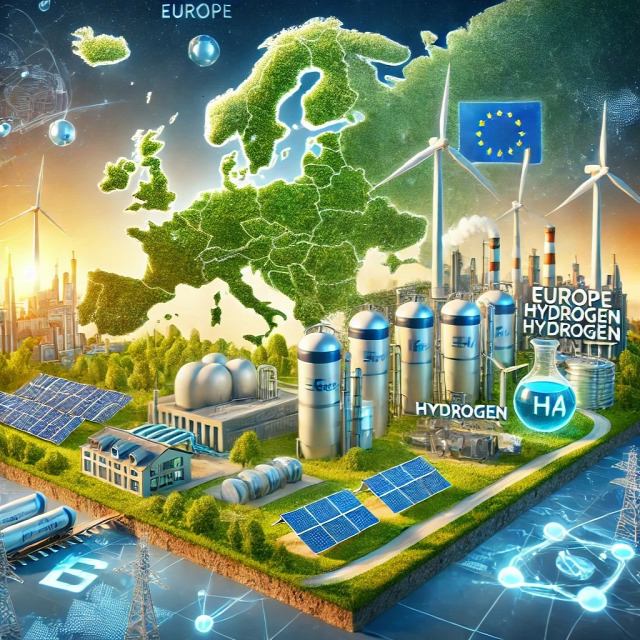
The European second-life electric vehicle (EV) batteries market is poised for significant growth, driven by the increasing adoption of EVs and a strong emphasis on sustainable energy solutions. Repurposing EV batteries that have reached the end of their automotive lifespan offers a cost-effective and environmentally friendly approach to energy storage, aligning with Europe's circular economy objectives.
According to BISResearch, the Europe second-life EV batteries market was valued at $188.3 million in 2023 and is expected to reach $5,859.5 million by 2033, at a CAGR of 40.93% during the forecast Period 2024-2033.
Non-Automotive Segment to Dominate the Europe Second-Life EV Batteries Market
Second-life EV batteries play a vital role in Europe’s non-automotive sectors, including power backup, grid connection, and solar energy storage. They enhance energy efficiency by regulating voltage, temperature, and charge status while preventing overcharging or deep discharging. Integrated with grid management and renewable energy, they enable predictive maintenance, boost reliability, and maximize power use, ultimately extending battery life and supporting environmental sustainability.
Lithium-Ion Segment to Dominate the Market
Lithium-ion batteries lead Europe’s second-life EV batteries market due to their high energy density, long cycle life, and reliability. Ideal for energy storage, grid support, and renewables, they retain substantial capacity, ensuring efficiency in compact spaces. Their rapid charge-discharge capability, low maintenance, and minimal self-discharge make them the preferred choice for second-life applications.
Request A Detailed Sample on the Europe Second-Life EV Batteries Market!
Market Driver: Growth in EV Sales Resulting in Increased Availability of Retired EV Batteries
The rapid growth of electric vehicle (EV) sales in Europe is fueling the demand for second-life EV batteries. This trend is driven by rising consumer interest in sustainable transport, government incentives, and technological advancements. In 2021, hybrid EVs accounted for 19.6% of new EU passenger car registrations, while BEVs and PHEVs held 9.1% and 8.9%, respectively. As EV adoption increases, so does battery disposal, with Italy alone expecting 60,000 tons of retired batteries annually by 2030.
Despite being unsuitable for vehicles, retired EV batteries retain 70-80% of their original capacity, offering opportunities for reuse in stationary energy storage, grid stabilization, and renewable energy integration. The European Union’s regulatory framework, including the Battery Directive, promotes sustainable battery management through recycling and repurposing. This ensures compliance, supports a circular economy, and accelerates the adoption of second-life battery solutions across various industries.
Europe Second-Life EV Batteries Market Opportunity:
-
Government initiatives and subsidies are driving growth in Europe’s second-life EV batteries market by fostering innovation and sustainability.
-
The University of Warwick’s WMG launched the U.K.'s first EV battery recycling scale-up facility to enhance recycling efficiency.
-
Similarly, Enel X and Aeroporti di Roma secured a $3.37 million European Innovation Fund grant for the PIONEER project, integrating second-life batteries for airport sustainability. These efforts highlight strong institutional support, accelerating market expansion and energy efficiency improvements.
Conclusion
The European second-life EV batteries market is on a trajectory of rapid growth, propelled by technological advancements, strategic collaborations, and a strong regulatory push towards sustainability. By addressing existing challenges and capitalizing on emerging opportunities, Europe is well-positioned to lead in the repurposing of EV batteries, contributing significantly to environmental conservation and energy efficiency.





